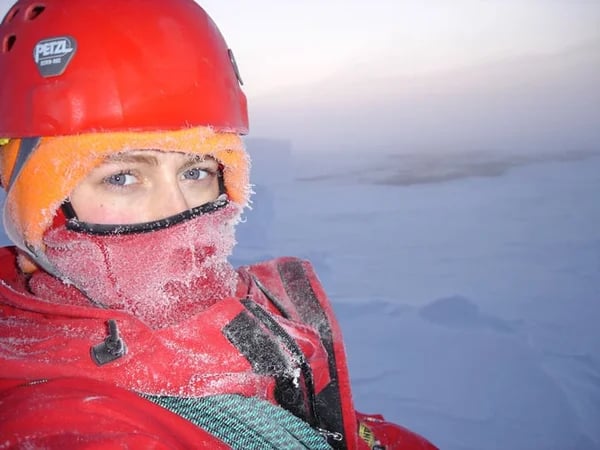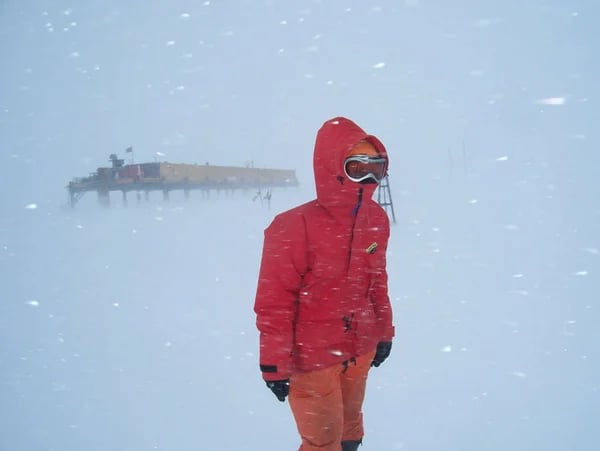Kirsty Stead joins the Cotes team at our Aarhus headquarters at a time when the global wind energy market is booming - onshore, nearshore, and offshore. There is enormous potential and demand for our patented dry-air solutions and with a global market share of over 80% of all offshore wind turbines, Cotes will rely on Kirsty's expertise to expand our market share and start new projects.
As our new Sales Support Specialist, Kirsty brings years of industry experience and technical know-how from her time at Vestas where she analysed wind and site data and designed performance optimising operational strategies for wind power projects.
At Cotes, we know all too well that wind turbines are exposed to the elements 24/7 and that mother nature is relentless and unforgiving towards metal structure, especially out on the open seas. Interesting enough, we have measured higher levels of corrosion in some nearshore wind turbines (turbines placed close to the shore) than some offshore turbines that stand many kilometers out at sea. This is due to breaking waves acting as an aerosol, inject a lot of salt and moisture into the air which then circulates through the turbine and settles on unprotected electrical equipment and other mechanical parts. To make matters worse, many nearshore wind turbines are not designed for an offshore climate, yet they are exposed to similar or worse conditions.
It is important to have a dry-air strategy and if there is anybody that understand harsh weather conditions, then it is Kirsty who wintered for 2 years in Antarctica as a meteorologist, running scientific experiments for the British Antarctic Survey.
 Above: Kirsty Stead takes a selfie from a misty cliff with penguins in the distant background.
Above: Kirsty Stead takes a selfie from a misty cliff with penguins in the distant background.
Kirsty explains that Antarctica has unique and obvious challenges when it comes to humidity and weather in general. Humidity is lower due to cold temperatures and long distances to the open ocean. Your skin becomes drier and wounds take a bit longer to heal; however, humidity is higher inside buildings and if not managed properly causes some windows to ice up. Even though these challenges would be considered extreme, you would still require some sort of strategy - always having to think ahead and be prepared.

Above: Kirsty Stead braves howling winds in a snowstorm on Antarctica.
Follow Cotes as we continue our mission to deliver the best and most sustainable dry-air solutions.
For more information of our dry-air solutions for the wind industry, visit https://www.cotes.com/wind-energy
